114 #dinacon #hacknight
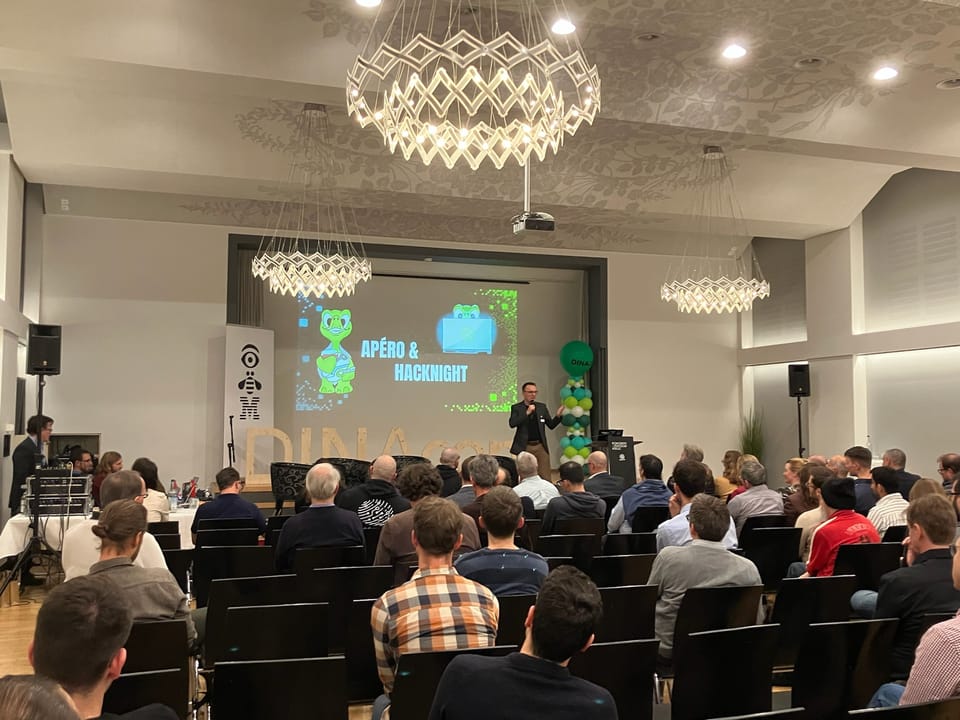
DINAcon is the annual Swiss conference for Digital Sustainability ("DIgitale NAchhaltigkeit"), organized by CH Open and partners, that took place again in Bern yesterday. You can find the official report, photography and (soon) video here:

Digital sustainability ensures that digital assets like data, software, and content bring long-term societal and ecological benefits. One of the main discussion topics of the conference, is how to ensure that digitalization not only progresses, but is also designed sustainably and accessibly. In Switzerland, this affects many areas such as digitalization policy, data protection, copyright, as well as technological developments like Open Data and the Blockchain.
We had over 270 guests from IT, communities, administration, politics, and civil society meeting at the Kongresszentrum Kreuz this year, with 36 presentations on a variety of current Open Source technologies, applications, infrastructures, and legal developments. I am very thankful to the speakers, sponsors and all the participants for a very insightful day.
A fundamental topic again in 2026 was security and data protection technologies to strengthen digital sovereignty, and one way we do this each year is with the DINAcon HACKnight - our after-hours mini-hackathon for Digital Sustainability in Practice. I covered this already back in 2017 on this blog.
Videos and slides will be available soon - I'll update this page in a few days. Here are a few highlights of the conference, which you can also see in my live blogging on Mastodon during the entire day, in a single thread.
Morning
Details on each speaker can be found in the official program (German / French).
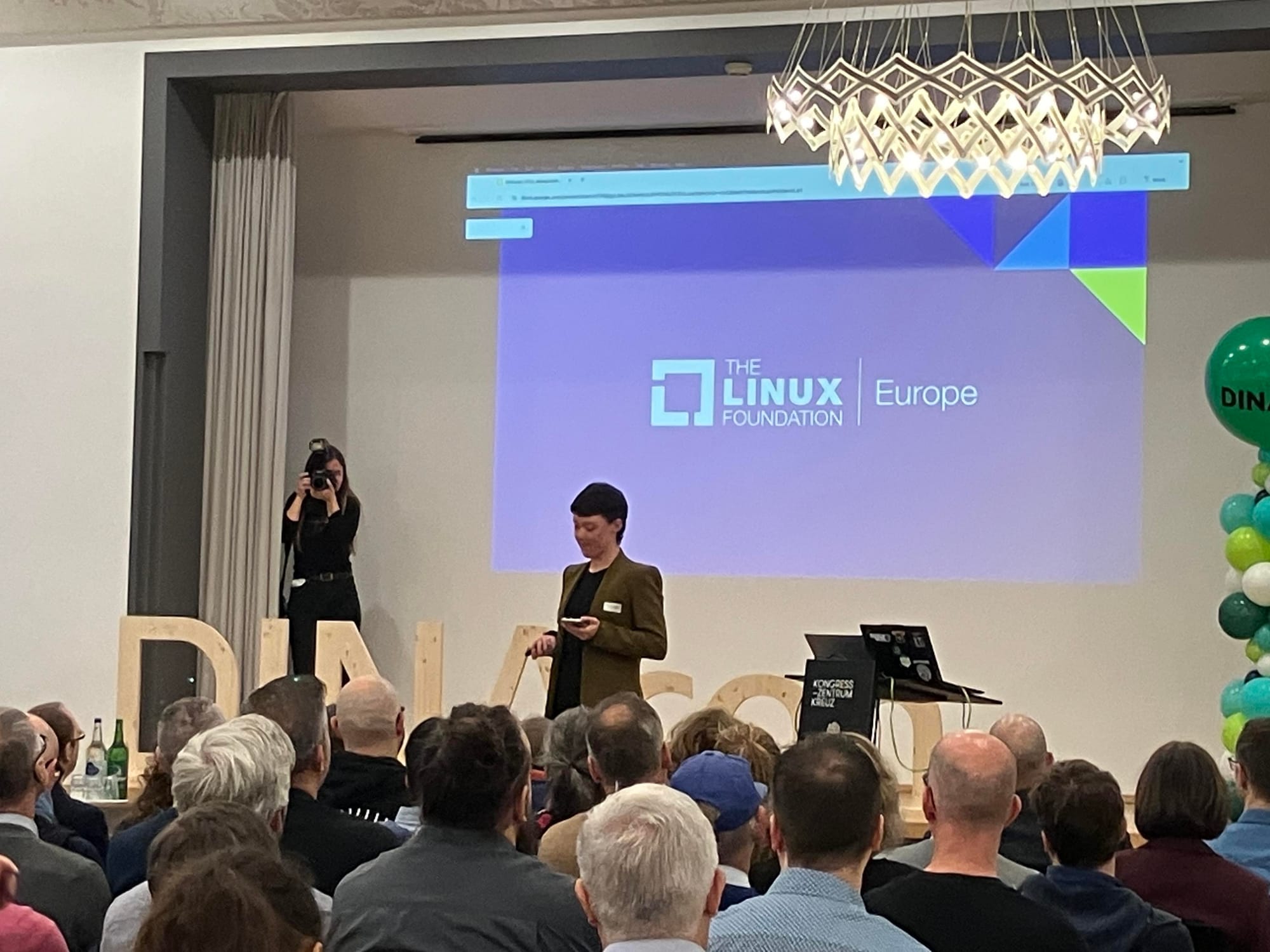
Having a strong law in the books is one thing, consistent follow-up is another. From Bulgaria to Trinidad & Tobago, Paula Grzegorzewska from the Linux Foundation talks about going the distance with „First, recognition, next - strategy. On open source in European policy“. Paula referred to the EU digitalisation summit in Berlin, happening in parallel to DINAcon:

During the rest of the day I followed (and tech-supported a few) sessions in the Mobility and A.I. tracks.
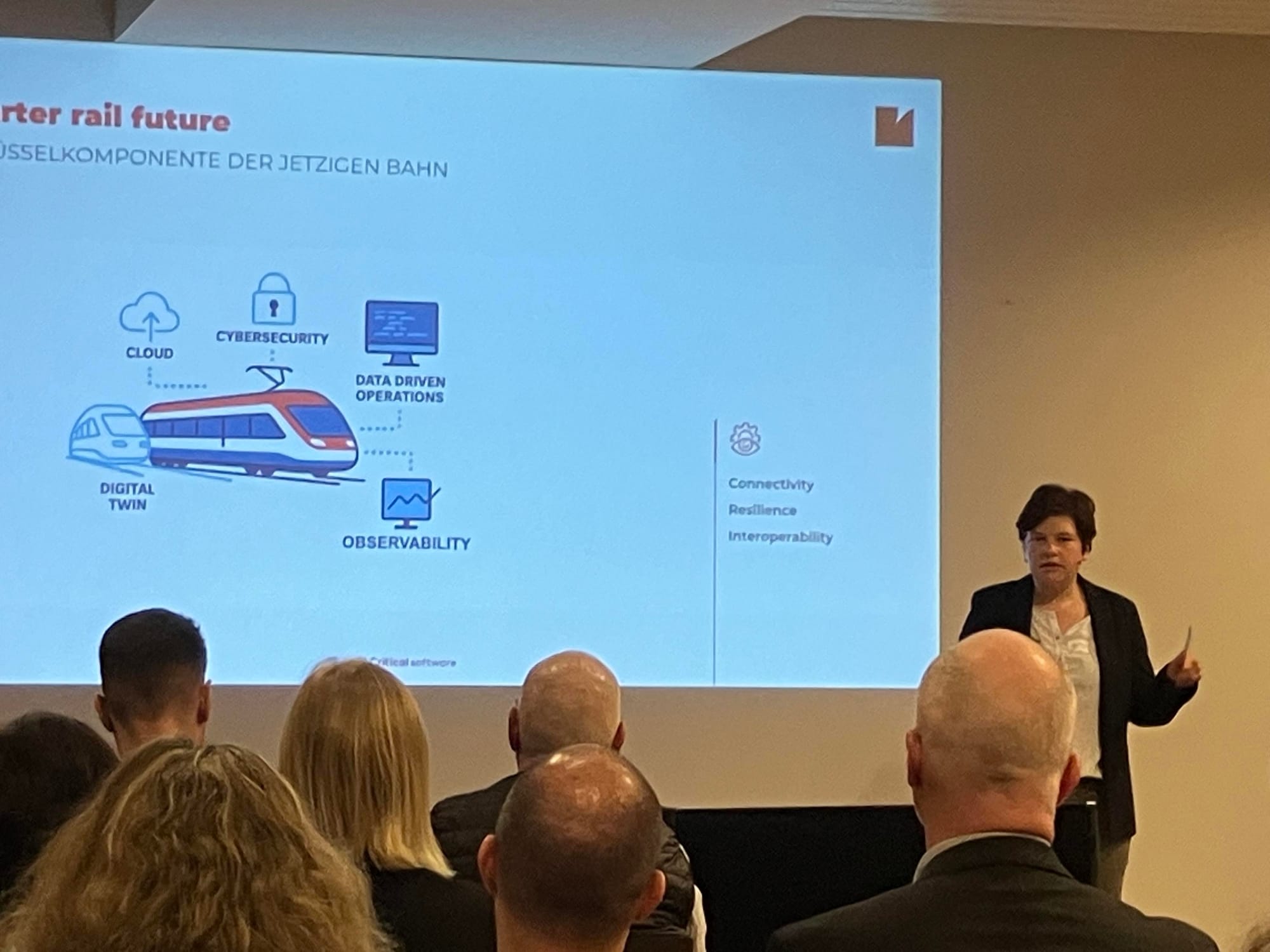
In an excellent session on Mobility Data & Services, we heard more about the potentials, role and risks of data spaces in the future of public transport. I was glad to hear about notable data accessibility and access challenges from Benno Staub, Lucie Pannecoucke, Pierrick Servais, and Marcel Rieser.

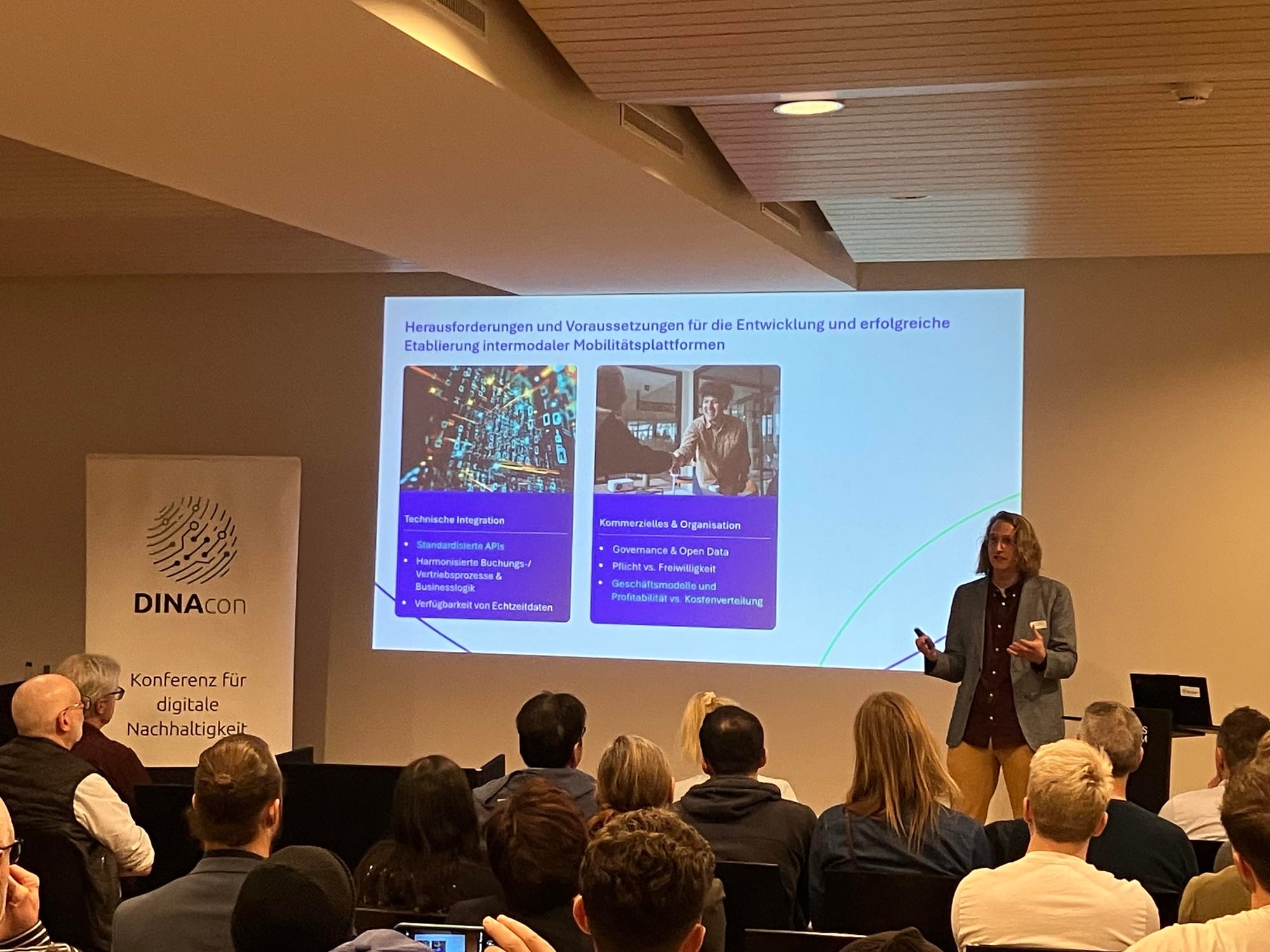
Developing mobility-as-a-service is not easy, as the many failed platforms highlighted, but having MODI as a feature makes sense for next gen apps. This was inspiration to pitch a HACKnight challenge on the topic.
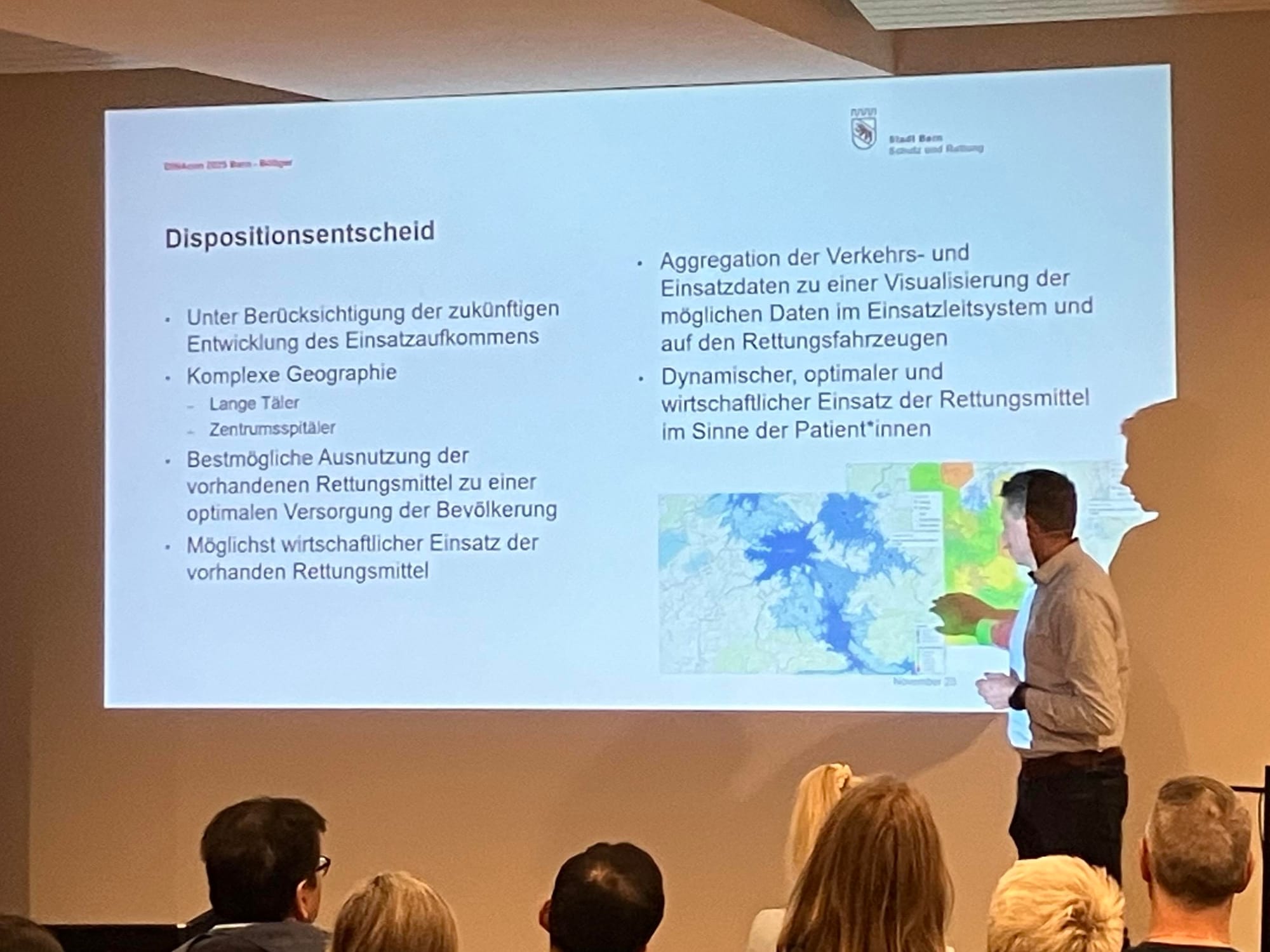
In a canton where an ambulance trip can last 80km in hilly terrain, the challenge of coordination is clear. A „Next Best“ real-time data system for emergency services is presented by Jakob Böttger (City of Bern, above) that dynamically combines traffic data, deployment patterns, resource availability, and medical needs to automatically select the fastest and most suitable vehicle.
Afternoon
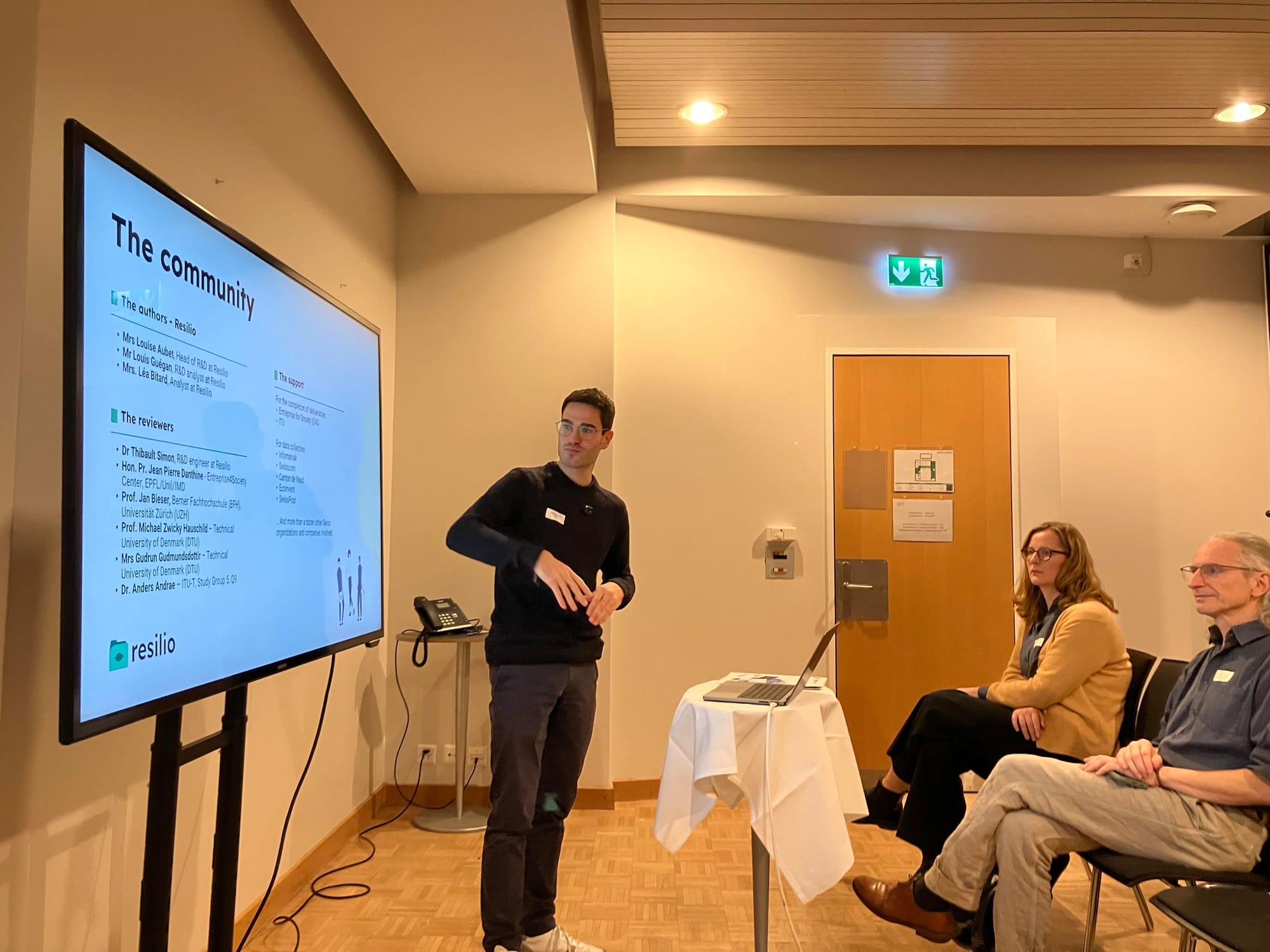
After a quick lunch break, we "Unveil the environmental impact of the ICT sector in Switzerland" – with a talk by Constant Riolo, who draws from a landmark 2024 study by Resilio - in partnership with the ITU, EPFL, Swisscom, SwissICT and many others. Recommendations include enhancement of recycling, BYOD policies, and customer awareness.
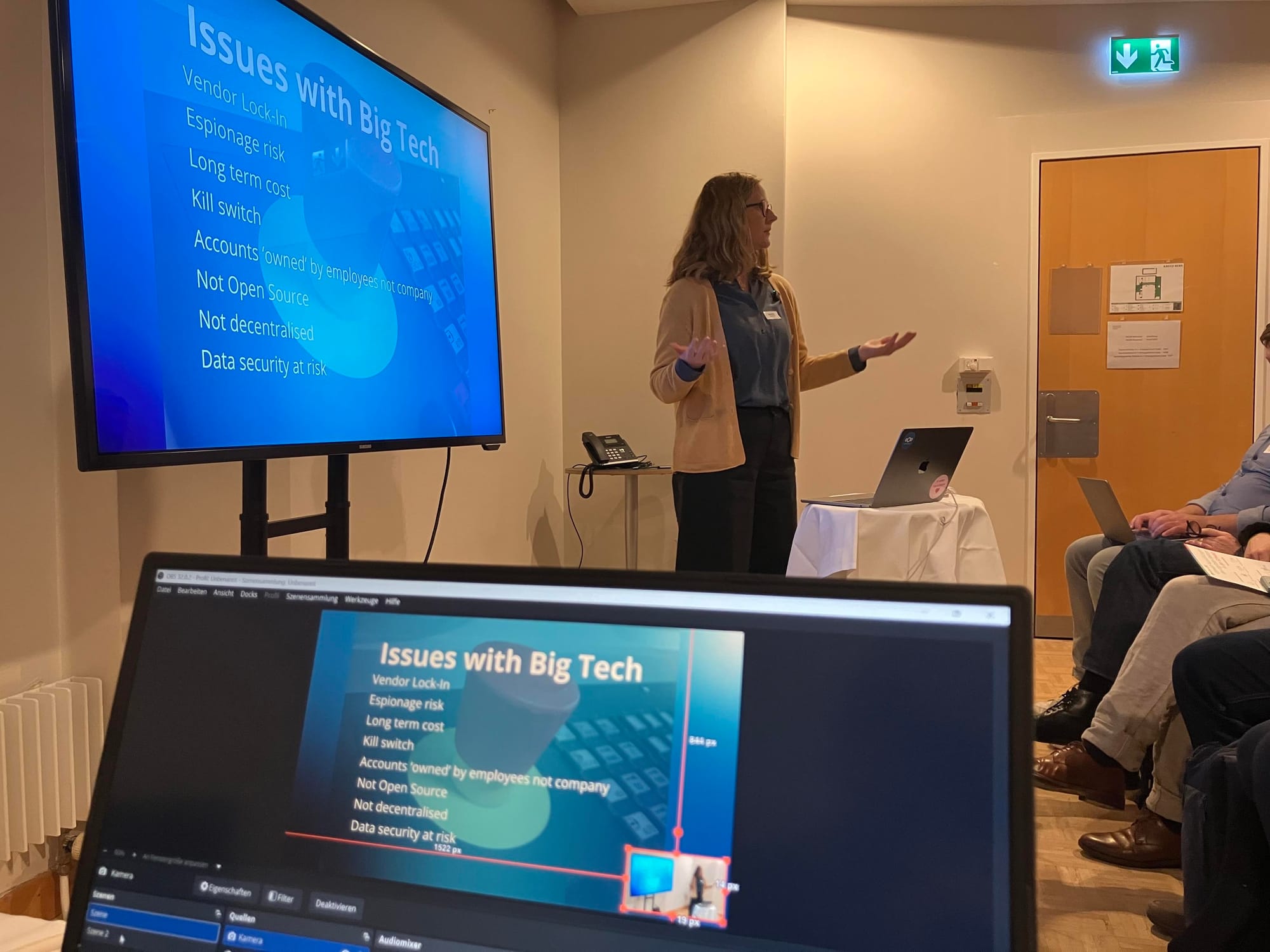
The convenience trap of Big Tech is eloquently discussed by Nina Müller (above) on behalf of Nextcloud. An Open by Default policy seems a no-brainer after looking at the thought points presented.
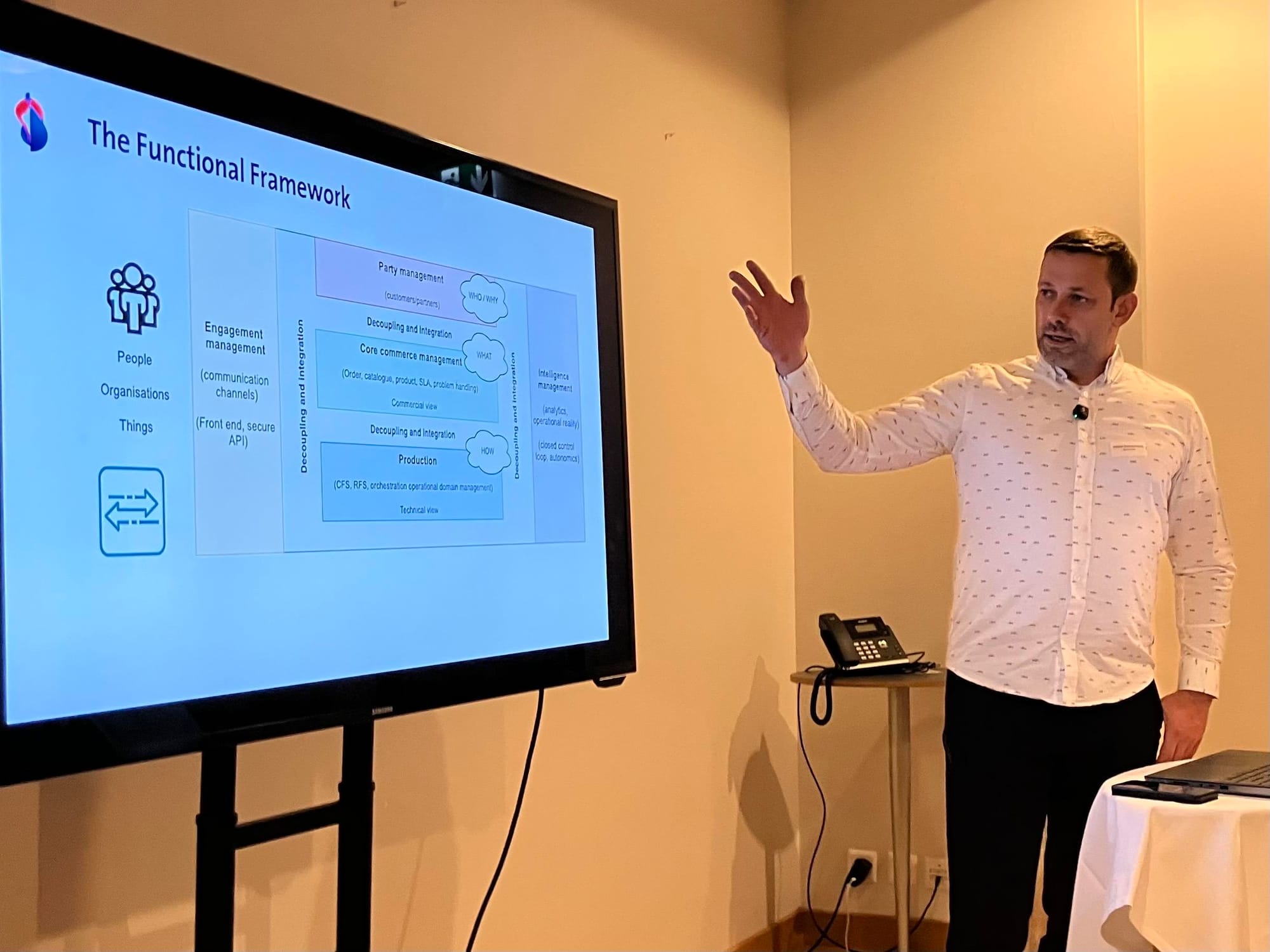
With “the Functional Framework”, like the open API registry from TM forum, companies can put consistent standards, requirements and access pathways for customers or suppliers in one place. Florian Kammermann (above) showed us in detail how this is being used by Swisscom to standardize interfaces among telcos and Service Providers. We also promoted this topic in a HACKnight challenge.

stepping stone provides secure, Swiss-based AI infrastructure and HPC, supporting industrial science projects with complete data sovereignty (US-hardware excepting, as an audience question pointed out) and security requirements. An excellent input from Michael Eichenberger, CEO, which dove into some of the scientific/industrial applications being developed on their open source platform. Really recommend checking out the full talk when it's available.

Inference Utility
On a topic closely related to Michael's input above, in the afternoon I replaced Patrick Hofer (who was unfortunately was out sick), to repeat a talk I gave the day before in French in Biel/Bienne. My input into the AI track covered some history, and shared an outlook for the civil sector. In particular, I discussed the Public AI movement as a way to get behind sovereign ML/AI projects, and build on the foundations of Public Money, Public Code. Specifically I discussed the work of publicai.co on the vision of a public Inference Utility, making the Apertus model available early on to non-technical users in Switzerland and other countries.
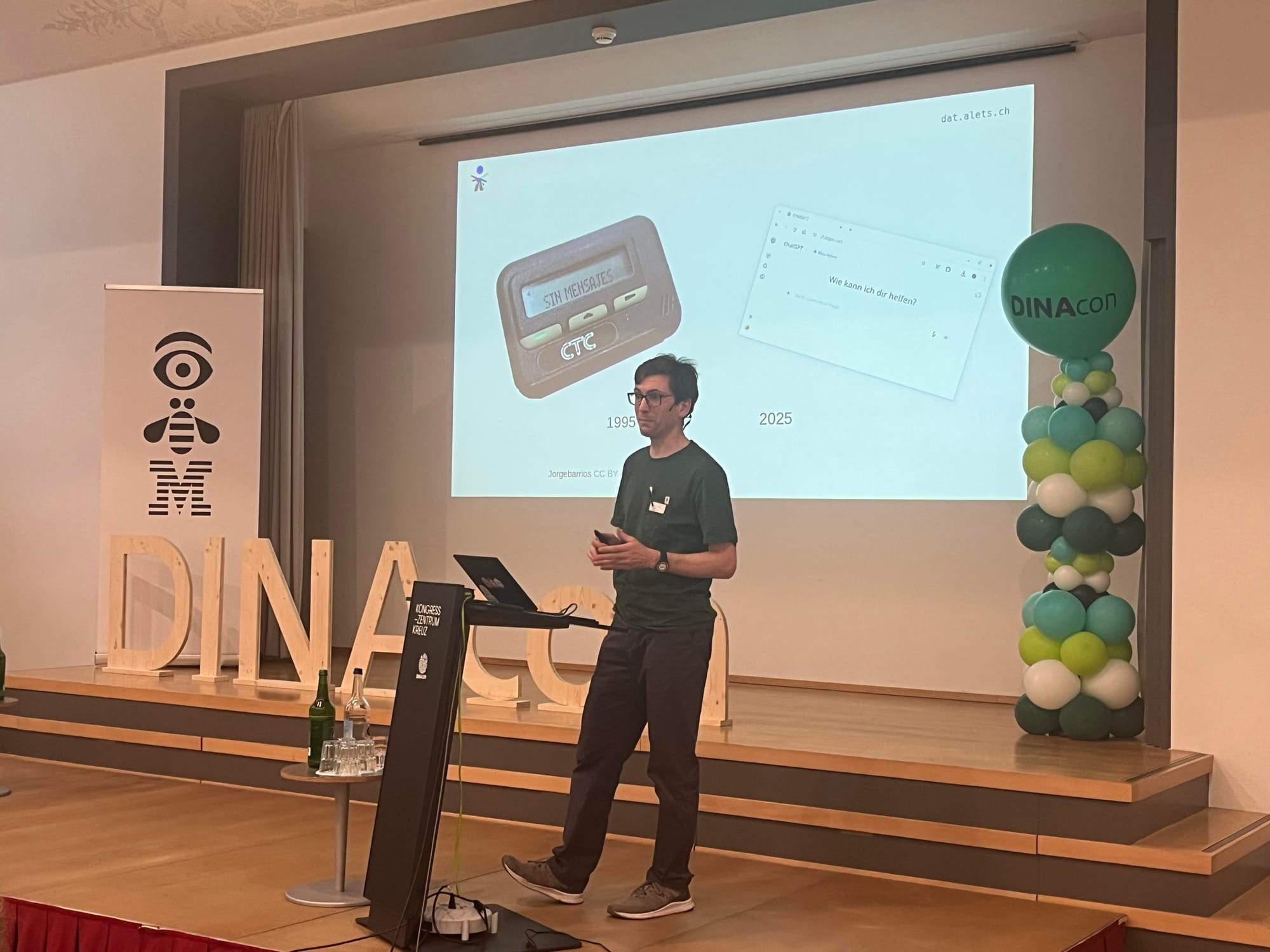
My slides - with some ideas for how to get involved - are here:

An earlier blog post on the topic of Apertus is also relevant:

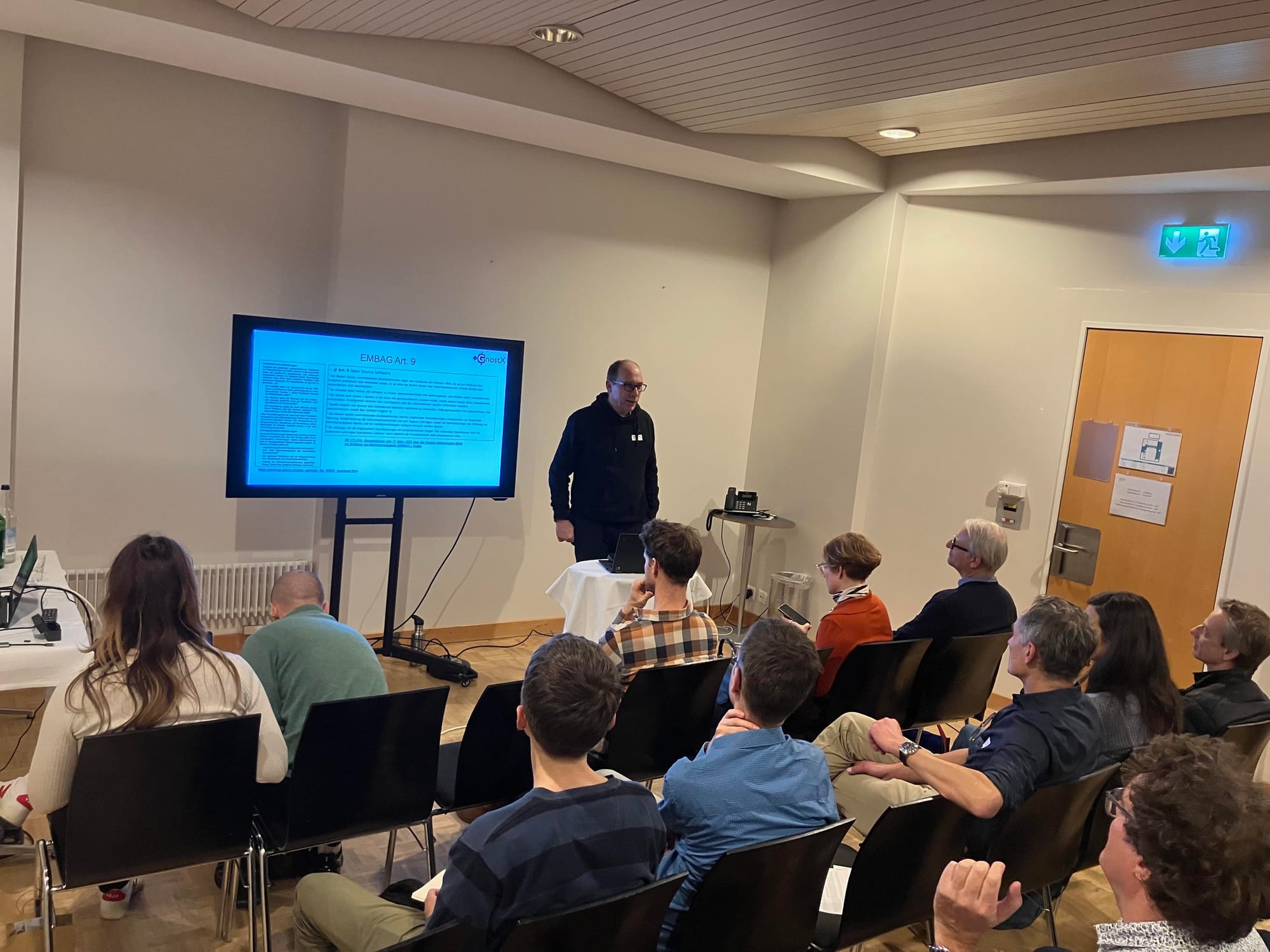
In the final track session of the day, we heard from Matthias Günther, who gave the low-down on EMBAG Art. 9 - a law that requires the 🇨🇭Swiss federal government to publish commissioned software. This alone generates no direct benefits, he said, going through several historic and current example projects, to draw from deep experience on achieving real synergies and cost savings.
Open development must involve stakeholders from the requirements gathering phase and include collaborative development with selected third parties, requiring adapted governance structures. This was reiterated in a powerful final keynote from a legendary figure in the open source world.
What Freedoms are we losing? What do we really mean by sovereignty? What happens when we click „I agree“ and give up control of our systems? 🫣 Henry Poole showed us the blind spots, with maturity models for service firms, small businesses even, that find a sustained purpose in digital stewardship and technical ecosystems.
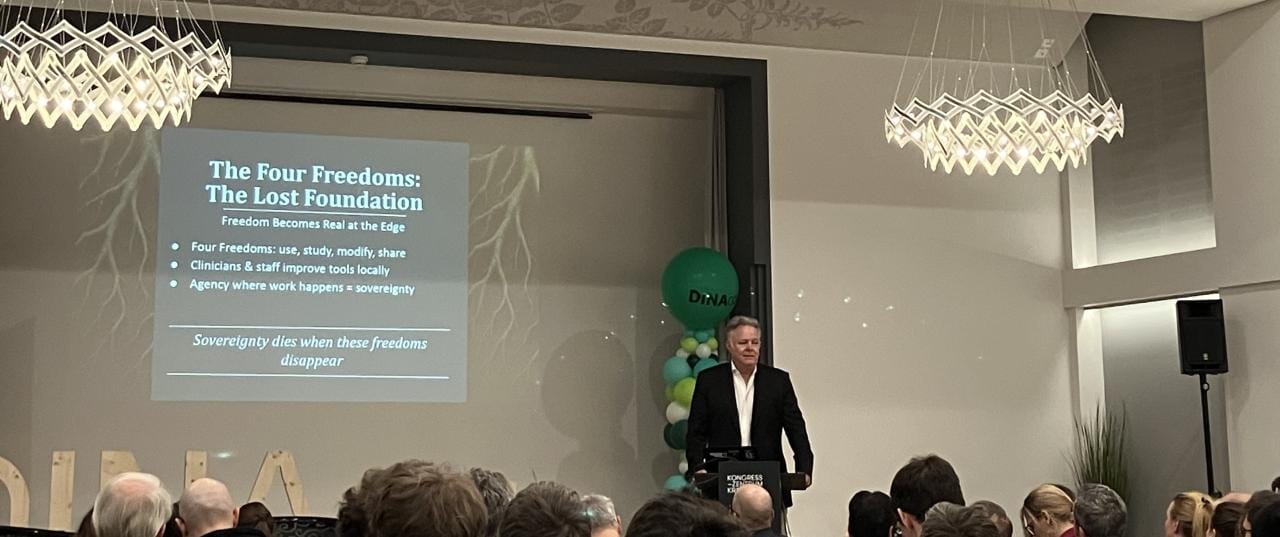
Join the FSF 40 Hackathon to celebrate and support four decades of free software activism this weekend! Henry Poole was joined by a brilliant panel for a closing discussion.
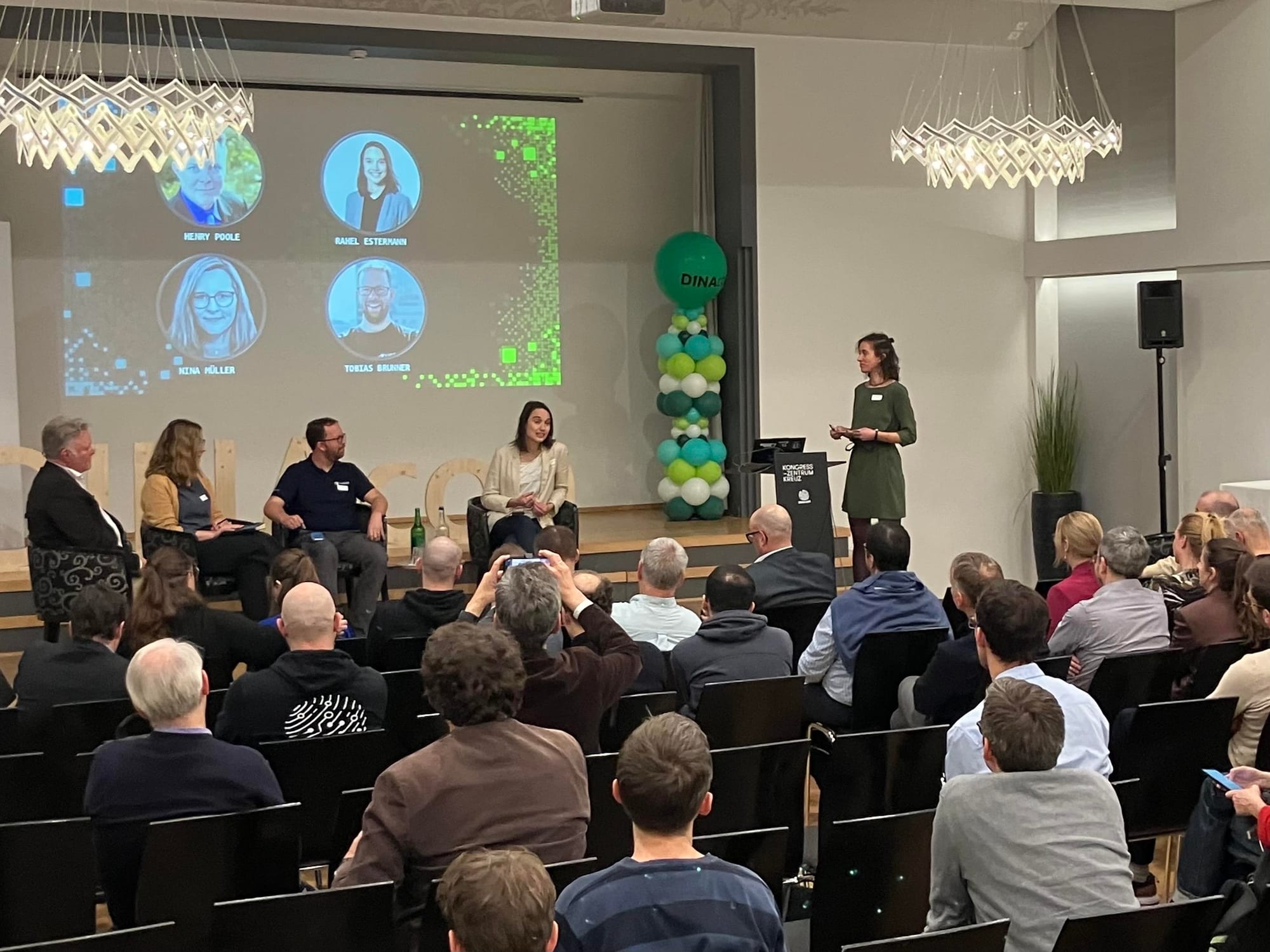
Rahel Estermann (speaking above) has put in almost 40 proposals at the Lucerne parliament, several on topics of open data and software freedom. It was a great wrap to the conference with a visionary panel discussion moderated by Clarisse Schröder.
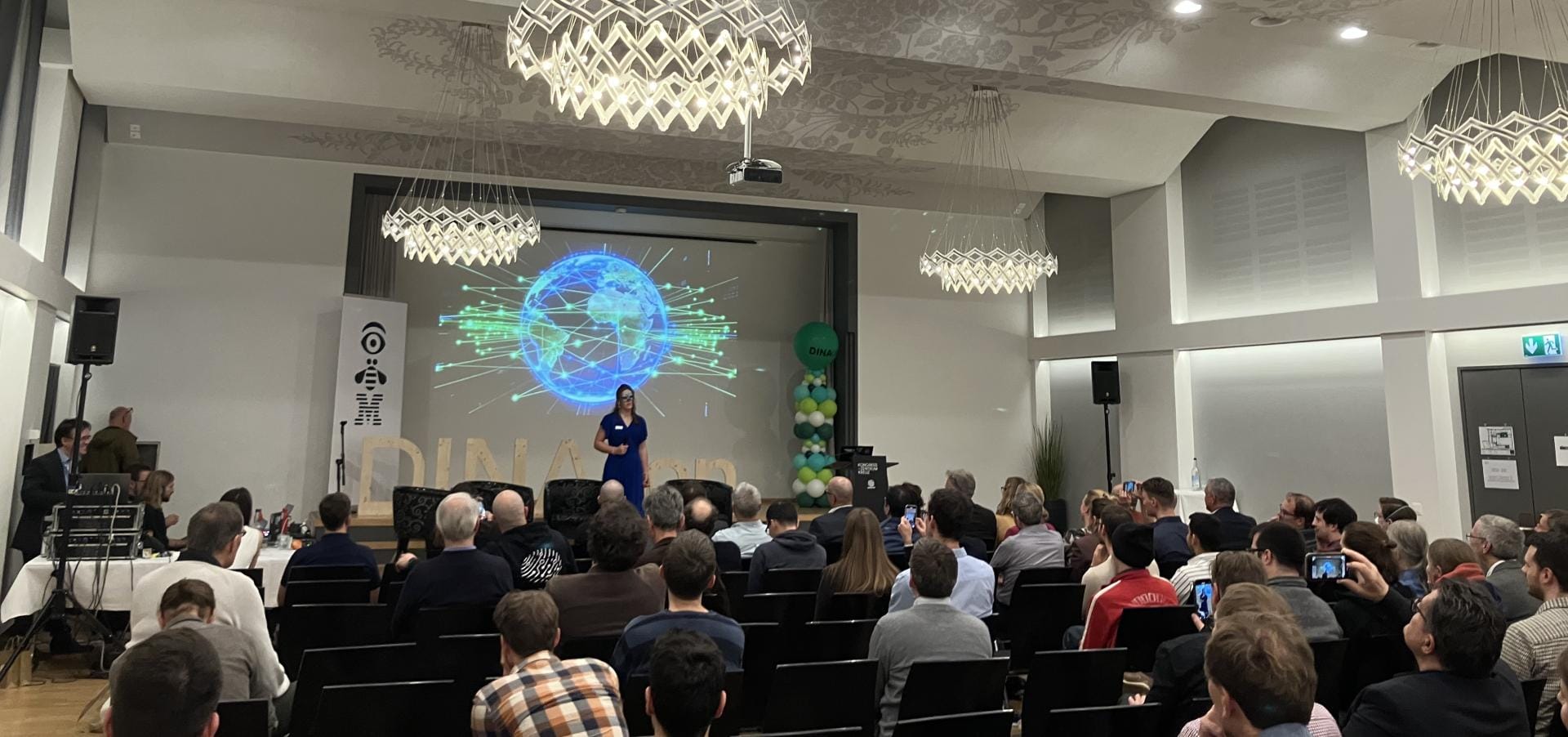
But it was not the finale - we were treated to art and music, delivered by Sophie Dietiker, a secondary school student and talented singer performing „The open world is our legacy!" – an upbeat anthem set to a GenAI soundtrack and generative video that is representative of the unbelievable times we live in.

At last we are at the end of the staged event, and it's time for the Apéro + HACKnight! But first, I need to tell you about our poster session.
Prototype Fund
Sharing the largest room of our location with stands of our sponsors, there was a showcase set up by Opendata.ch to highlight some up and coming initiatives. This lively exhibition of new ideas and innovative technologies took place in the old chapel.

Meeting such lovely people, you might quickly find yourself discussing the challenge of running AI applications on embedded hardware. Also known as 'edge' devices, Tensor Processing Unit (TPU) boards like these pack a lot of punch.

As demonstrated in the real-time computer vision applications of the WildCamera project:
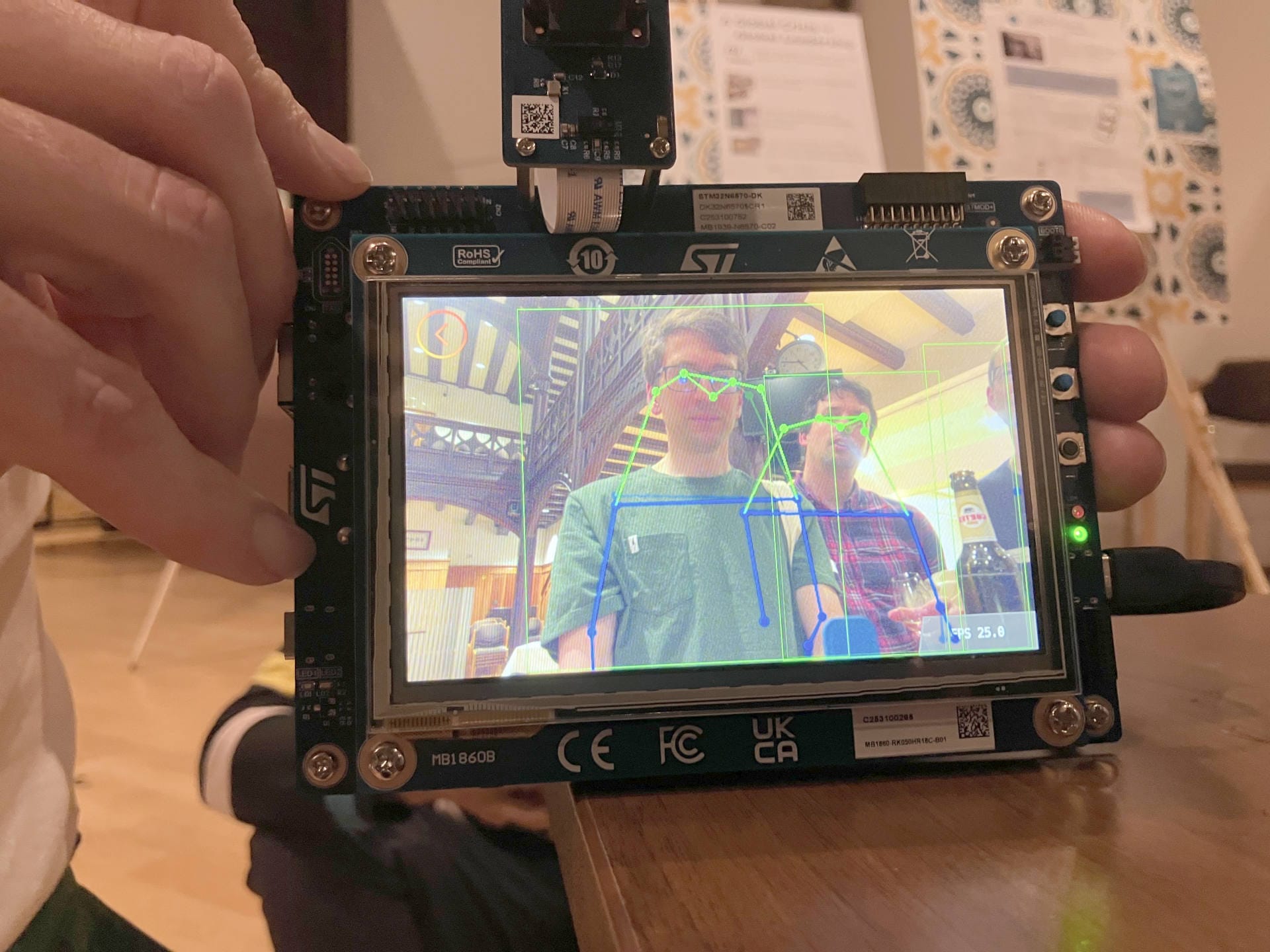
You can find this project and other Round 4 teams of the Prototype Fund here:
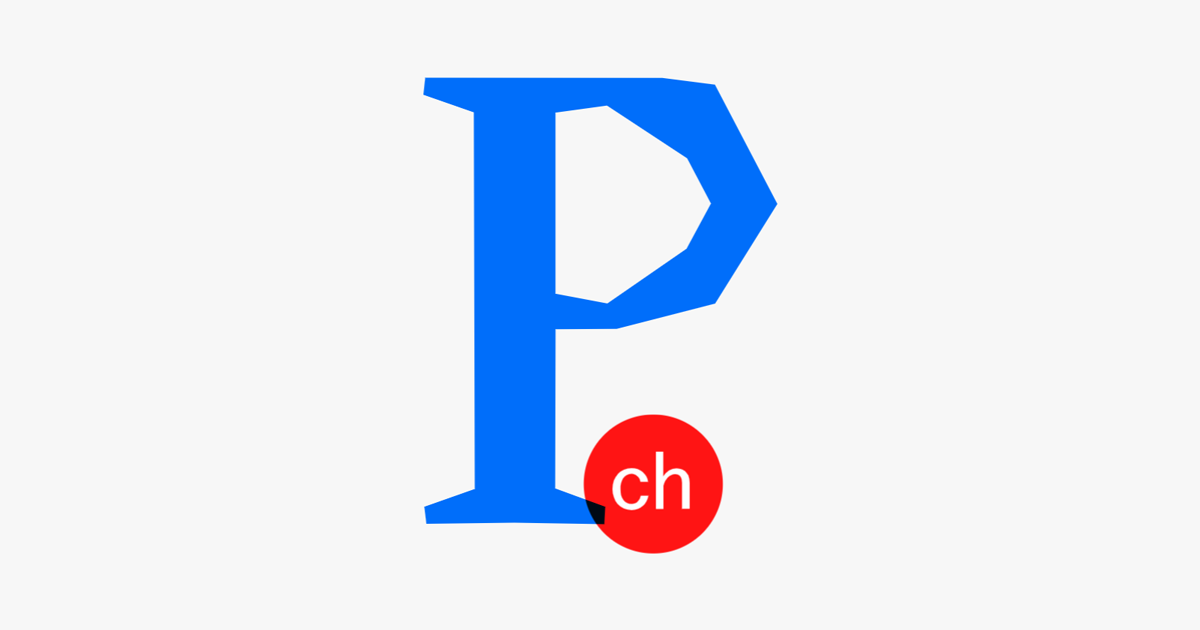
A real highlight for me was getting to know the exhibitors – such as Urs & Miranda from the Zero-Power-Indicator (ZPI) - who also developed this incredibly useful device:

They have a whole bunch of other interesting hardware hacks in their shop:

And we hacked on their documentation during the HACKnight, producing this wiki:
HACKnight
During our traditional "apéro with keyboards", we welcome people and machines of all skill levels, inspired by open hackdays and hackergartens. On this page we post challenges, issues and activities from projects presented at DINAcon. We also provide a quick introduction to anyone interested in learning more about the activities of CH Open. All relevant proposals to start, improve or support open source projects are welcome. The entry is free, and so is the shell 🖪 and beer 🍺 thanks to all the partners and supporters of DINAcon!
During the day, we scribbled ideas and put stickers on a board next to the Prototype Fund exhibition: basically our mini-unconference. The ideas were transferred to a Dribdat site at hacknight.dinacon.ch - some people joined us just for this part of the day's proceedings.

We gathered round in sharing and debating the latest trending topics, such as GNU Guix.
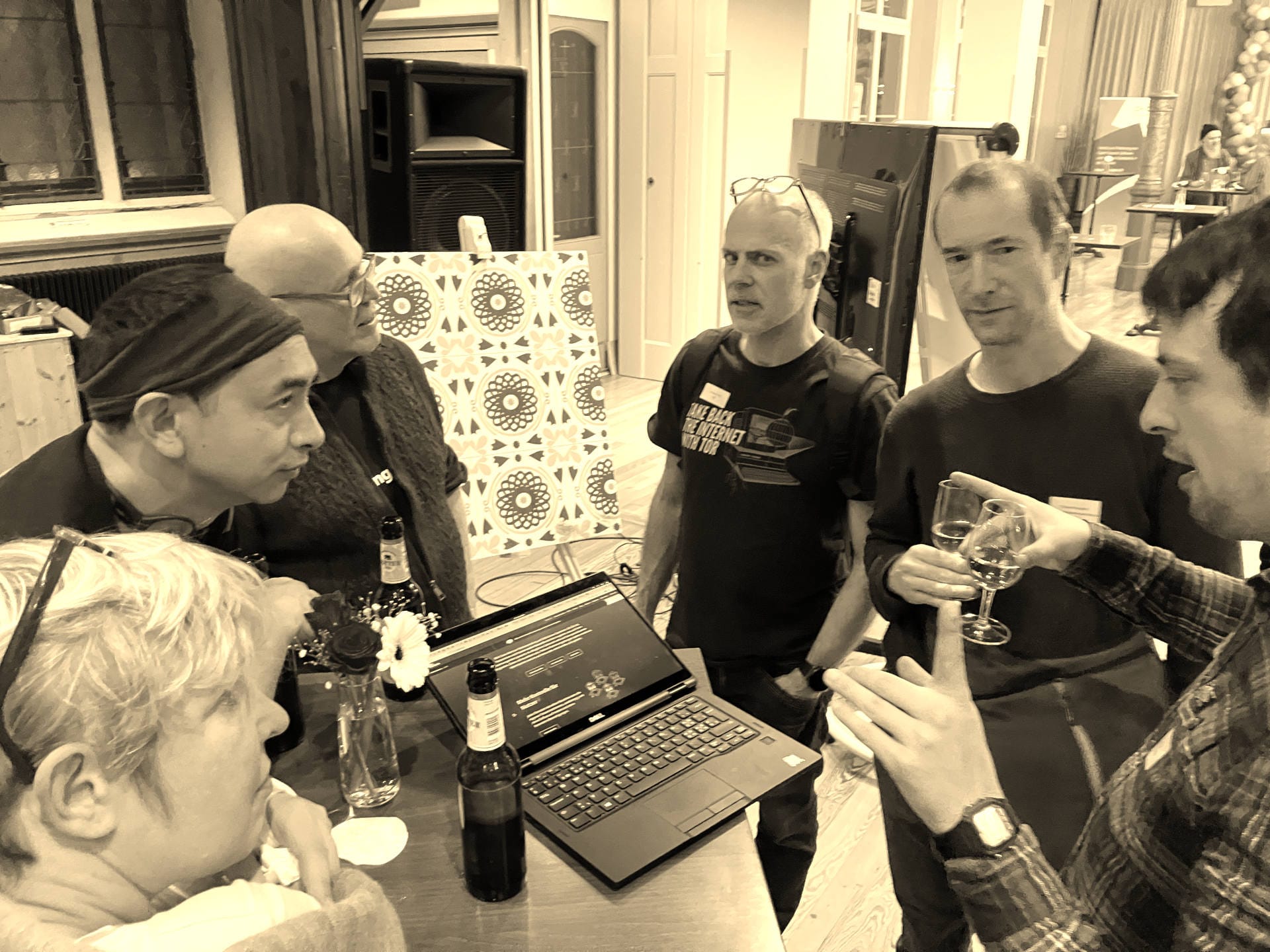
Check out the documentation and logs of these projects if you're curious to see more of what we were hacking on. Don't miss the microposts in the HACKnight Dribs as well.

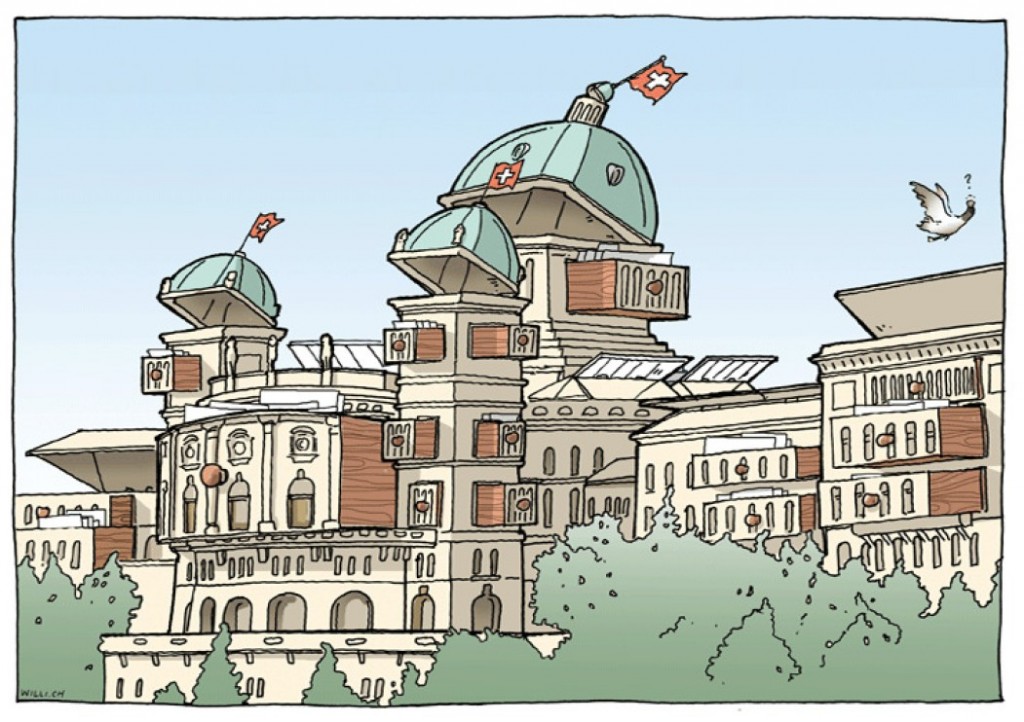
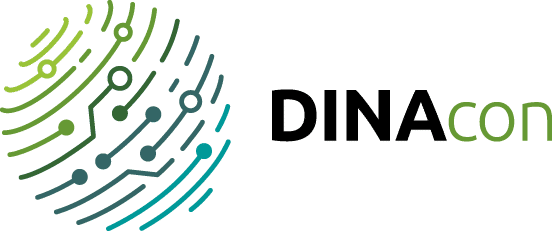
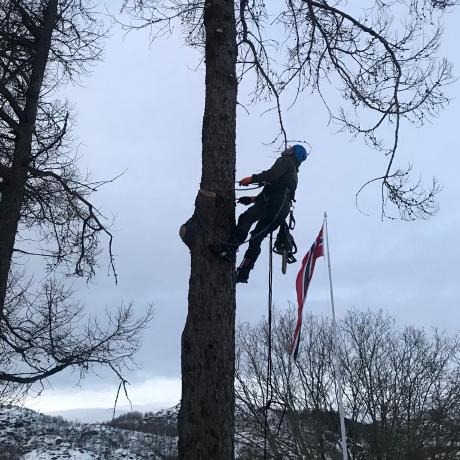
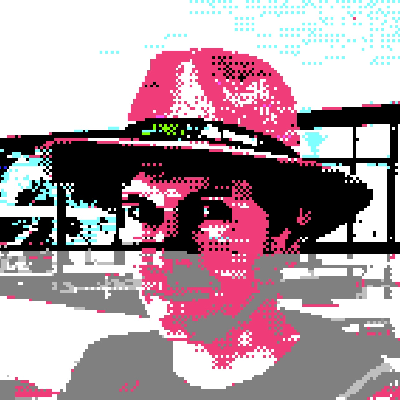

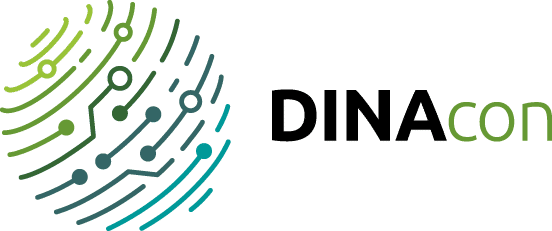
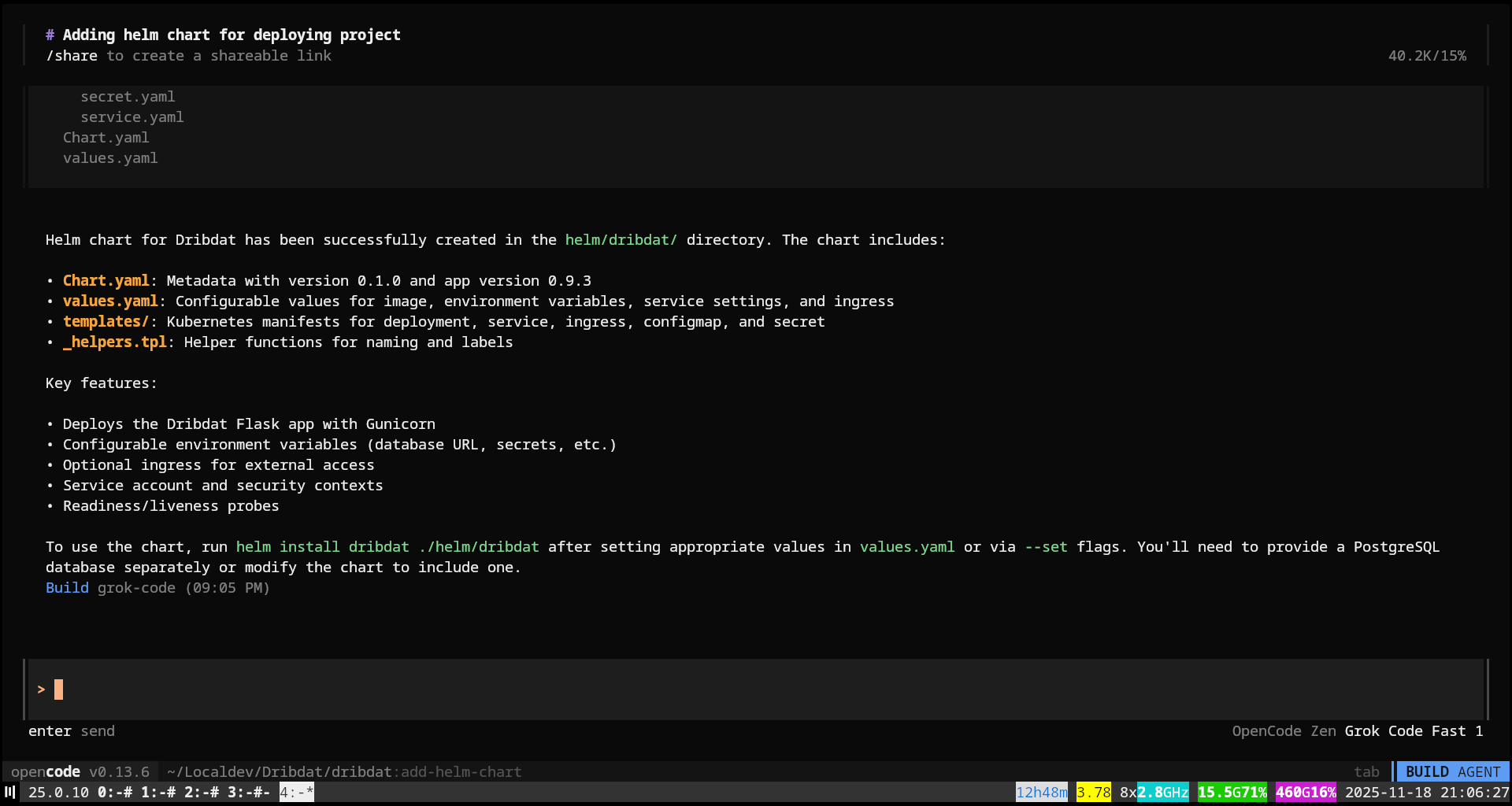

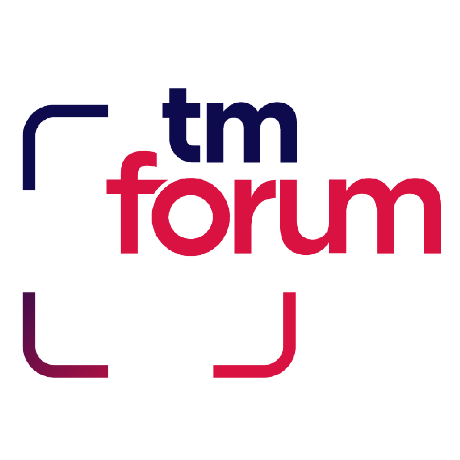

Thanks everyone supporting DINAcon this year - stay tuned for full coverage - and save the date!
November 18, 2026


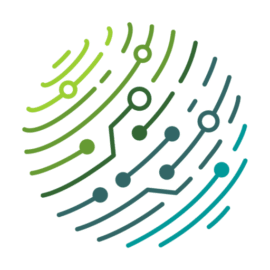

















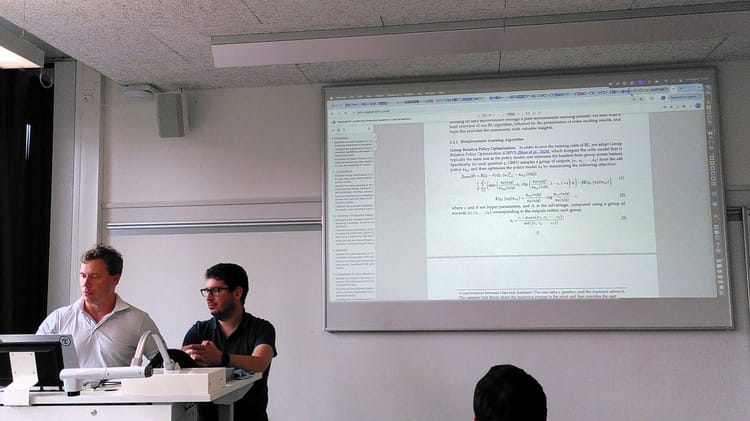
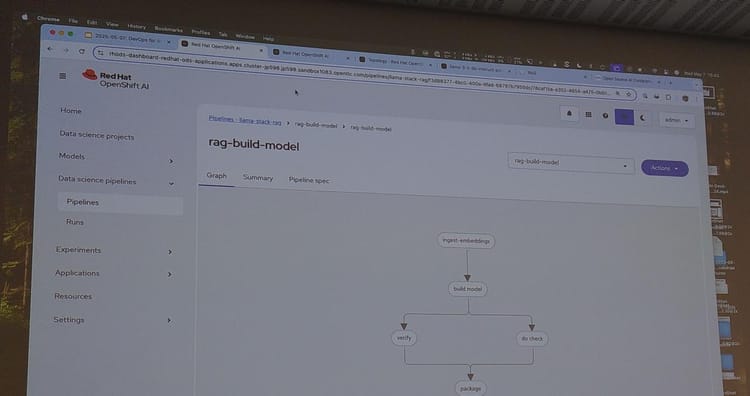
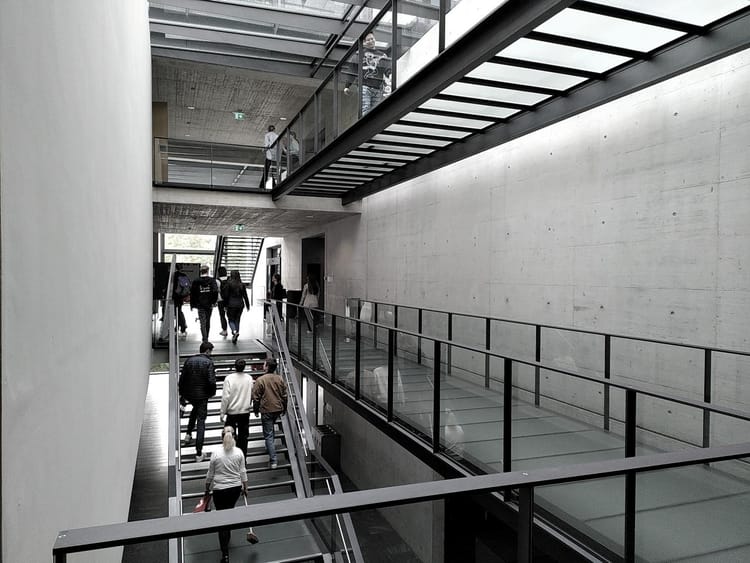

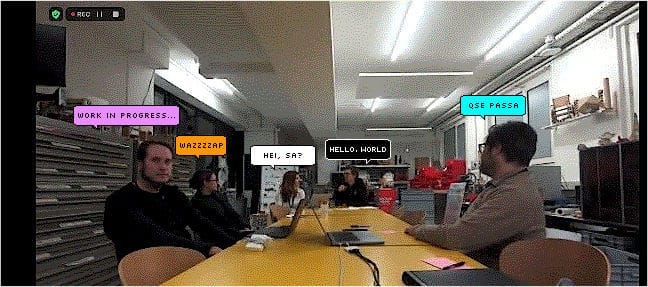
 The works on this blog are licensed under a Creative Commons Attribution 4.0 International License
The works on this blog are licensed under a Creative Commons Attribution 4.0 International License